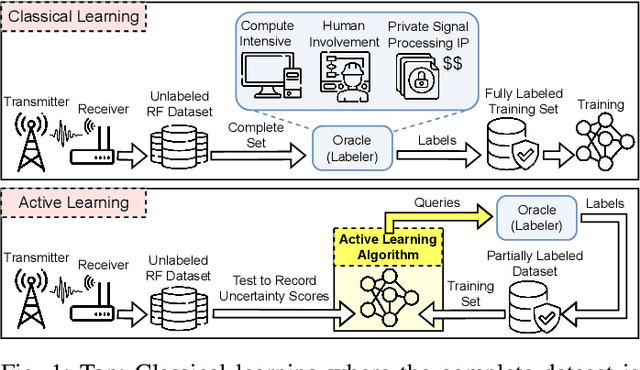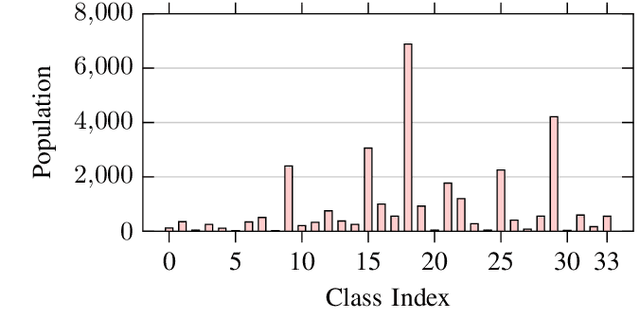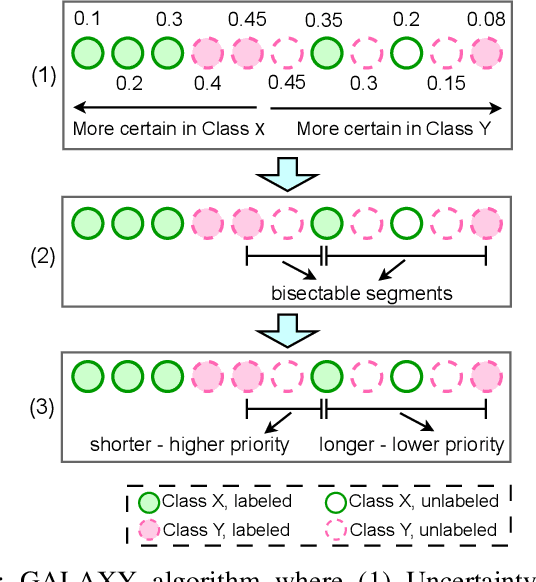Learning from the Best: Active Learning for Wireless Communications
Paper and Code
Jan 23, 2024



Collecting an over-the-air wireless communications training dataset for deep learning-based communication tasks is relatively simple. However, labeling the dataset requires expert involvement and domain knowledge, may involve private intellectual properties, and is often computationally and financially expensive. Active learning is an emerging area of research in machine learning that aims to reduce the labeling overhead without accuracy degradation. Active learning algorithms identify the most critical and informative samples in an unlabeled dataset and label only those samples, instead of the complete set. In this paper, we introduce active learning for deep learning applications in wireless communications, and present its different categories. We present a case study of deep learning-based mmWave beam selection, where labeling is performed by a compute-intensive algorithm based on exhaustive search. We evaluate the performance of different active learning algorithms on a publicly available multi-modal dataset with different modalities including image and LiDAR. Our results show that using an active learning algorithm for class-imbalanced datasets can reduce labeling overhead by up to 50% for this dataset while maintaining the same accuracy as classical training.
 Add to Chrome
Add to Chrome Add to Firefox
Add to Firefox Add to Edge
Add to Edge